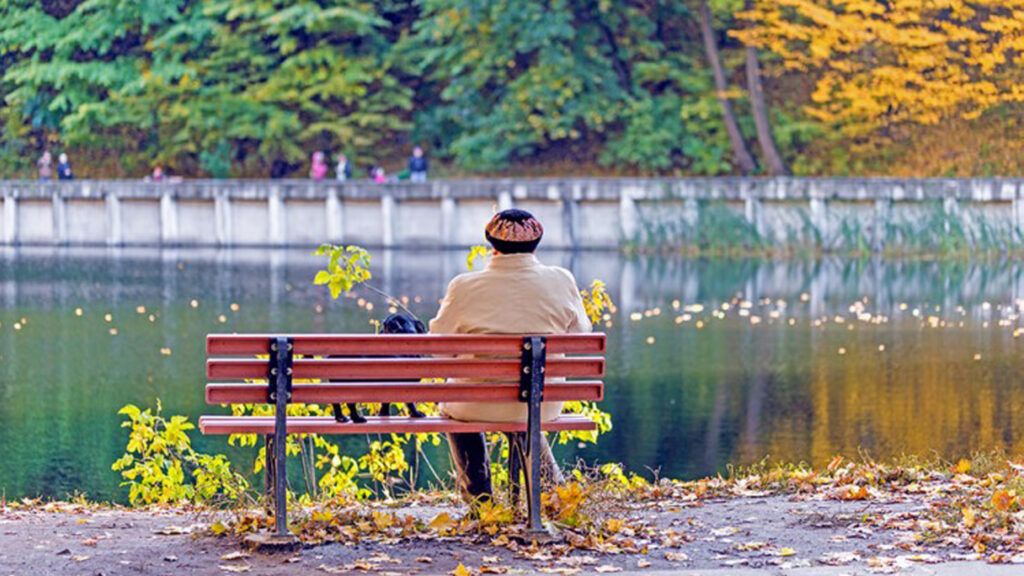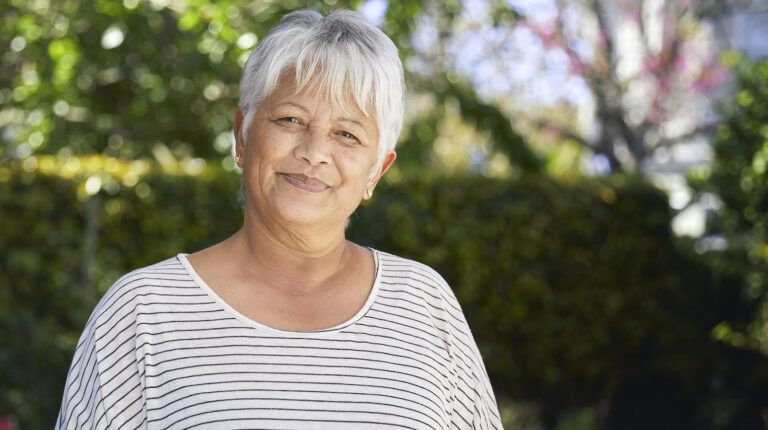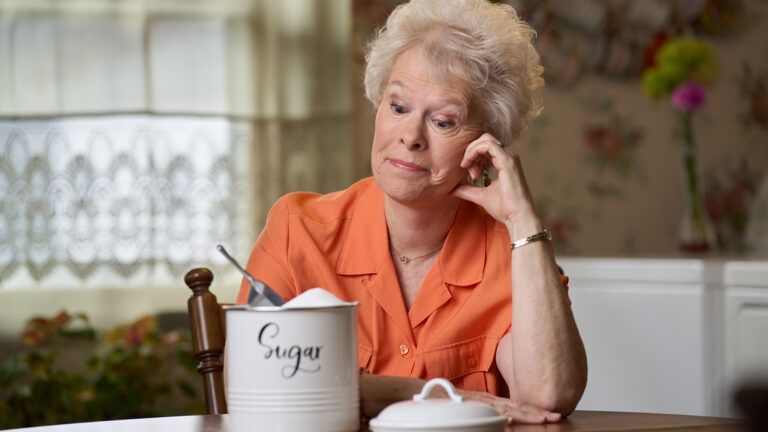Content provided by Good Samaritan Society.
In recent years, loneliness has become a growing epidemic in the United States and around the globe.
This isolation is a combination of physical, emotional and geographical separation from others, as well as a societal shift in family norms and care practices.
While it is difficult to determine the prevalence of loneliness, current estimates indicate that it could impact up to 17 percent of Americans over the age of 50.
As baby boomers ease into retirement, more and more medical practitioners are seeking a solution. But because each person experiences loneliness differently, and for different reasons, there is no one-size-fits-all answer.
In the meantime, many senior care experts are seeking ways to reduce the harmful effects of loneliness.
Read More: The Serious Long-term Health Risks of Loneliness
“When we talk about solutions to loneliness, we have to bring together many ideas. It will take a community of care,” says Judy Ryan, retired president and CEO of the Good Samaritan Society. “There is something in the way a community is designed and structured that can be optimized for connectivity and gratitude.”
Family Structure as a Solution
Much of isolation and loneliness can come from a lack of a family structure. Individuals who describe their family life as poor or fair also rate themselves as lonely. That’s according to a CIGNA study that surveyed 20,000 U.S. adults aged 18 and older. Other factors include living alone, being a caregiver and living on a low income.
Loneliness has the same impact on mortality as smoking 15 cigarettes a day, making it even more dangerous than obesity. So, reducing these risk factors is important. But that’s a challenge in a society that continues to become more splintered.
“In the not too distant past, family was the accountable cultural setting for healthcare,” says Judy. “The old supportive systems for the aging are devolving.”
According to the CIGNA study, seniors who spend quality time with their family are healthier and less lonely. Those who have daily interactions with friends and family have the lowest loneliness scores.
“We should slow down long enough to love each other, to get to know each other and to care about the neighbor next door,” says Judy.
Community of Care as a Solution
As technology evolves, people expect to have access to the best care, whether they’re receiving a new knee, undergoing multiple back surgeries or working with a leading oncologist. Top-notch, immediate care is now the norm.
“We expect access to it the very minute something starts to hurt, and everything to be covered somehow, whether it’s critical or not,” says Judy. “It’s not going to be that way in the future.”
With the baby boomer generation, we are starting to see an increase in demand for all healthcare-related services. That need will increase dramatically every year moving forward.
“With the new demand on the horizon, we are going to have to think about creating a community of care,” says Judy. “It might be something like an all-payer system including the individual, the family, the community, the state and the federal government all coming together in caregiving.”
Faith as a Solution
If we cannot perceive the divine in our lives, then how can we make sense of life?” – Judy Ryan, former president and CEO, Good Samaritan Society
“It can’t be all about self,” says Judy. “That takes us right back to faith in something bigger than what we are. It’s going to have to come from church as well as society.”
The church community can be the centerpiece of living a life of abundance and inclusion.
“There is a created order that has said, from the beginning, you shall love your creator with all of your heart, your mind, your soul and, most importantly (in dealing with loneliness), your neighbor,” says Judy. “We have to come together as neighbors, and that can come from the church.”
Although long-term solutions may seem complicated, taking steps to reduce the effects of loneliness don’t have to be profound or revolutionary. Simpler, subtler options can help, too.
Below are some suggestions from AARP that anyone can implement right away.
Stay Physically Active: Take a 15-minute walk around the block to feel invigorated and connected to the world around you.
Invite Someone to Dinner: A dinner conversation is the perfect antidote to loneliness and isolation.
Maintain a Sense of Purpose: Gardening, taking care of a pet, writing memoirs or volunteering are all purposeful tasks.
Keep in Touch with Your Faith Community: Apps such as Kin Ministry, developed with the help of the Good Samaritan Foundation, can help keep a connection with your local church.
Regardless of the reasons why or the risk factors involved, loneliness is the cause of significant health risks and should be taken seriously.
“I have hope that as we progress as a society, we will become less entangled with technology and more interested in creating lasting, meaningful connections with each other,” says Judy.





